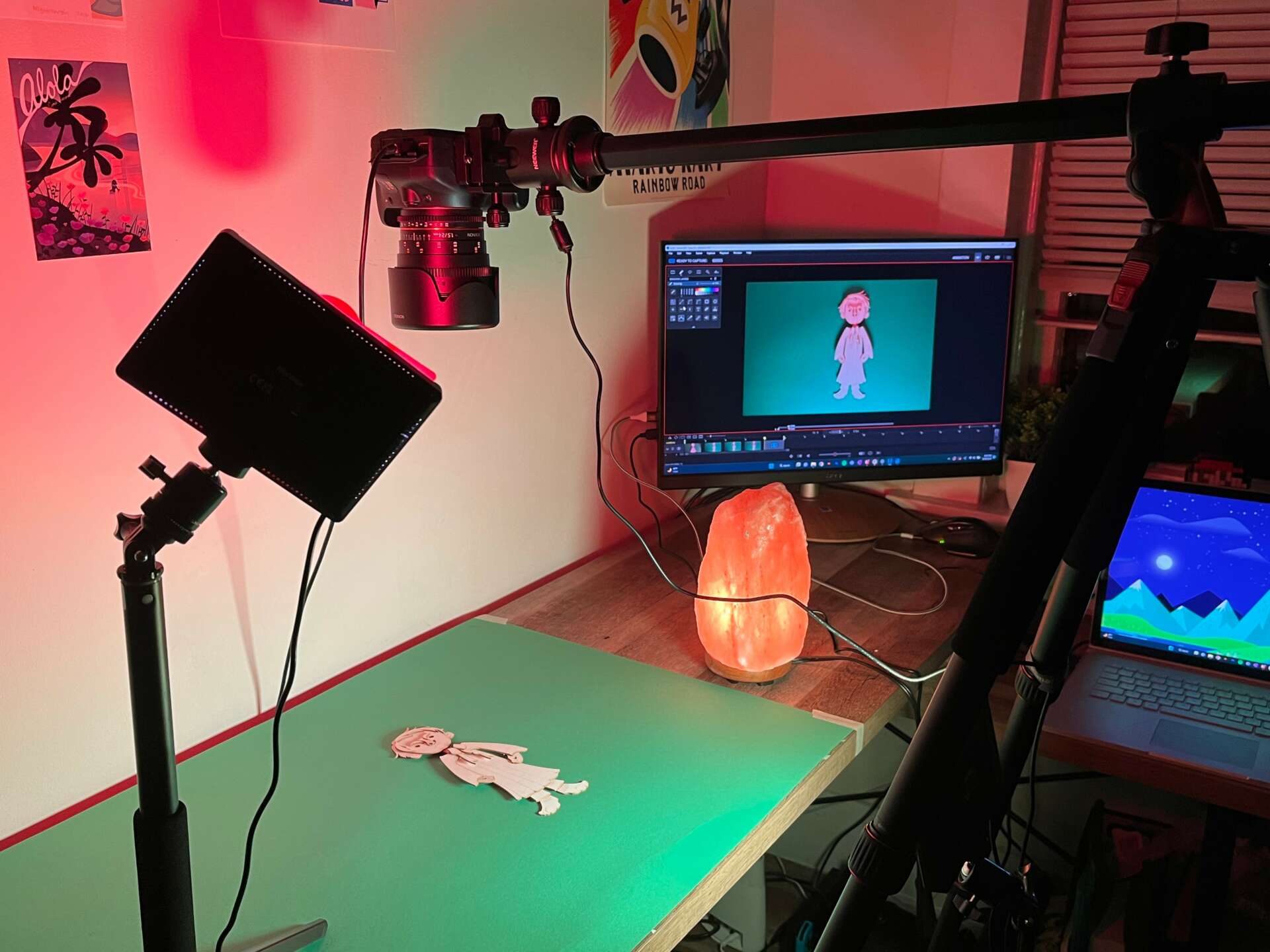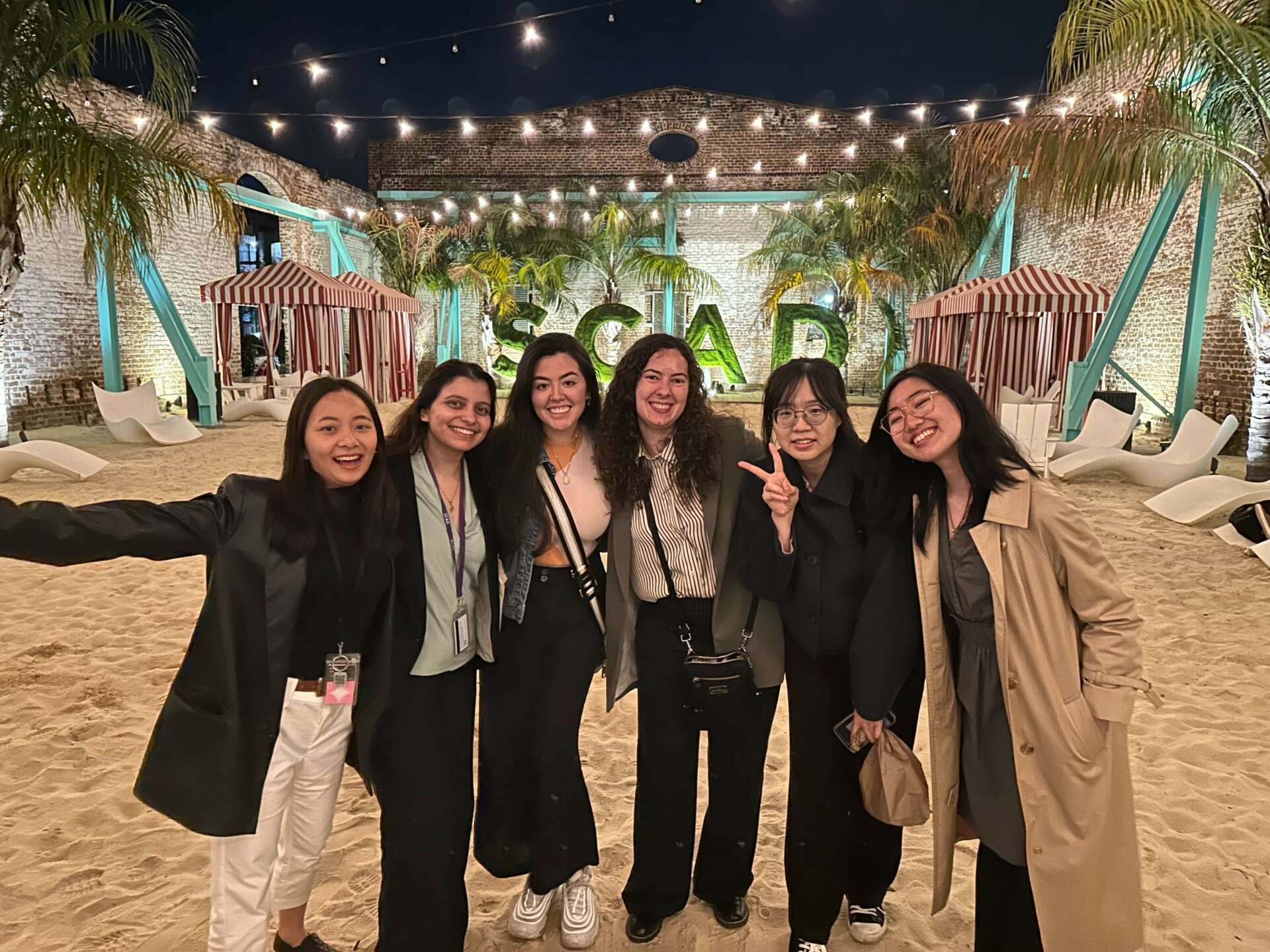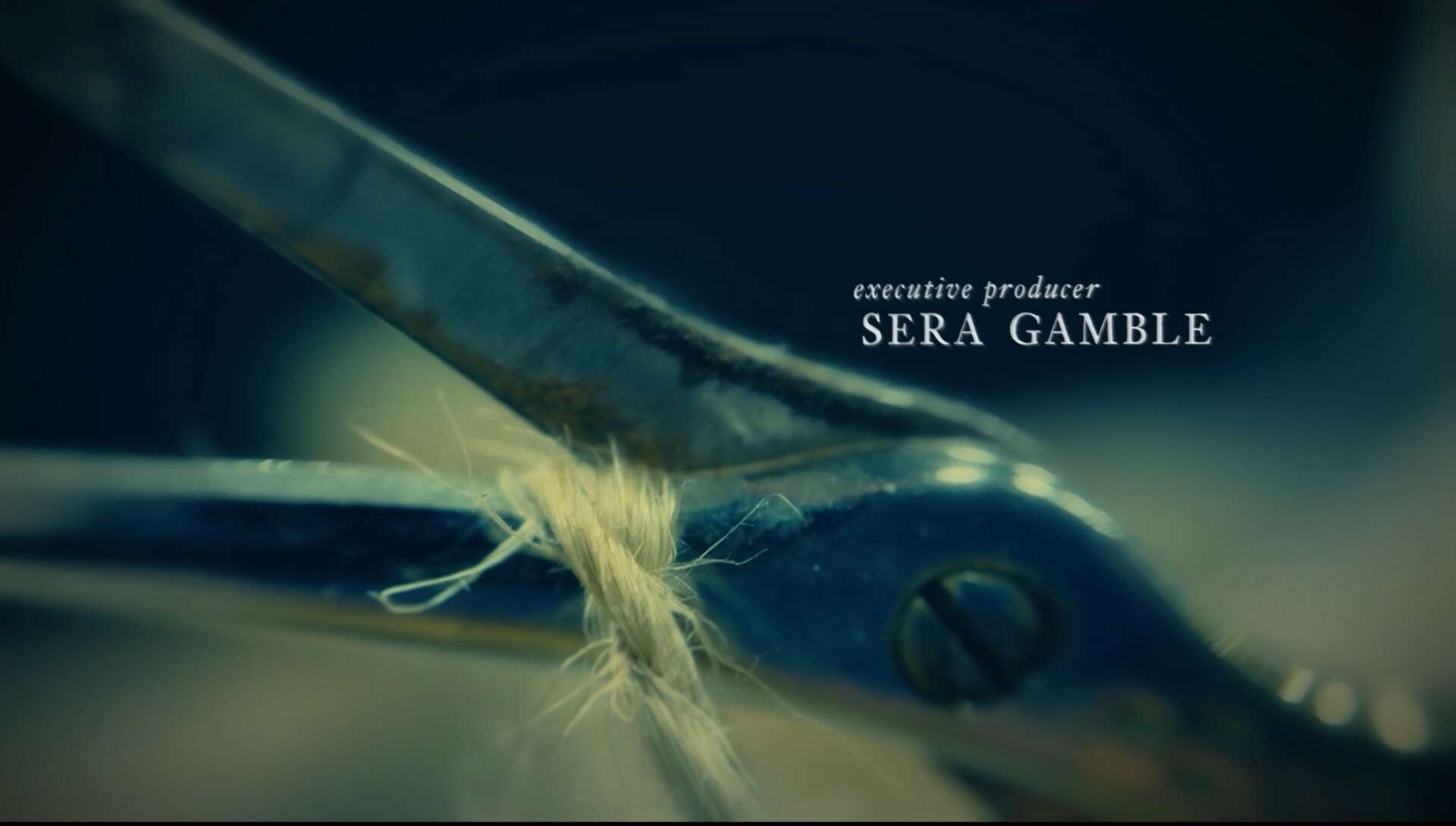We’re excited to introduce you to the always interesting and insightful Josie Glassman. We hope you’ll enjoy our conversation with Josie below.
Josie, thanks for joining us, excited to have you contributing your stories and insights. We’d love to hear about a project that you’ve worked on that’s meant a lot to you.
I’m currently working on my senior capstone project, which has kind of evolved into a big film production at this point. It’s a stop motion visual music piece on Lord of the Flies, using Peter Gabriel’s song The Rhythm of the Heat. The song mainly explores Carl Jung’s Collective Unconscious theory. This is about how even though we’ve evolved past our animalistic ways, there are primitive traits that we still carry with us without realizing it. I found this theme from the song to be a perfect pair with the story about young boys stranded on an island who are forced into a survivalist mindset and confront their darker, more animalistic traits inside of them.
As an artist and designer, conceptual development is the most important part of the process for me. I like for there to be a reason for every creative choice I make and for every design element of the piece to connect with each other, just like the plot of a story. This often leads me to explore mediums that I’m unfamiliar with if it means getting my concept across in the most effective way possible. Early on in conceptual development for Lord of the Flies, I convinced myself that it had to be stop motion even though I’ve never done it before in my life. It felt like the best way to convey these stripped-down themes because stop motion is one of the most stripped-down ways of animating. The tactile, handmade nature of this medium also helps to communicate the survivalist look that I’m going for.
This project has really shown me how much people are willing to help you if you ask. I feel so lucky to have so many supportive friends, family, and mentors in my life. Otherwise, I wouldn’t have been able to learn such an ambitious medium and do it at the scale that I envisioned. My family has been so supportive of this whole project and has helped me to get all of the materials I need to do stop motion as I’ve been learning the stop motion programs and puppet rigging process. But what’s even more meaningful to me is how encouraging they’ve been. This production process has been rewarding but exhausting, and having the people you love believe in you goes a long way, especially in the moments when you feel like you don’t have it in you.
My friends have also been a huge part of my project, whether it’s being directly involved in the production or being there for me to support me and keep my perspective fresh. I’ve met so many incredible friends in my community at SCAD and I’m so lucky that they are volunteering their time for my project. Currently, I have a team of about 10 people who are involved full-time in my film, and countless others who have made their mark on it along the way. They’ve kept me on track and helped me in areas that I wouldn’t be able to complete alone. It’s also my first experience being a creative director for a large-scale project, and while I’ve led a design team once before, this is the first time where it’s fully my vision. It can get overwhelming sometimes because of everything that needs to be accounted for, but I also find a lot of joy in trying my best to make this a positive experience for my friends to work on.
I’m also fortunate to have professors who embraced my crazy idea to learn a new medium and gave me so much useful guidance on my concept and execution. Their belief in me and showing me the way to everything that I would need to get this done has made this whole process possible.

As always, we appreciate you sharing your insights and we’ve got a few more questions for you, but before we get to all of that can you take a minute to introduce yourself and give our readers some of your back background and context?
I’ve always been an art kid. In middle school when we were exploring career paths, I pieced together that my love for computers and art would make a good career. The moment I entered high school, I was hellbent on becoming a graphic designer and took every class and opportunity to learn all the software and skills I’d need to get there. I also used to make money designing the branding for Bar/Bat Mitzvah parties and it helped me realize that this was a good career choice for me.
I knew that art school was a great fit because I already knew what I wanted to do. After graduating high school, I attended the Savannah College of Art and Design and started pursuing a B.F.A. in Graphic Design and a minor in Motion Media Design. In my sophomore year, I started taking my minor classes and fell in love with motion design. It spoke to all of the things I love about design that graphic design didn’t fulfill. I started to get this itch in my brain to take a risk and switch majors. What pushed me over the edge were the wise words of one of my motion professors. When I was weighing the pros and cons of switching majors, he asked: “Why get a degree in something you already make money in?” Deep down, I knew that I wanted to switch but this convinced me to take the leap.
It turned out to be the best decision. I’ve loved the Motion Media Design classes, the community, and all of the amazing opportunities I’ve gotten from peers and professors. I’ve also met some of my closest friends at this school who also ended up being awesome to collaborate with. One of my proudest moments within the major has been thanks to my professors believing in me and nominating me to submit for awards. This past year I was an IDA Gold Award winner for a title sequence I created with my good friend Cora Keene for Netflix’s television show, You. I also recently was listed as a Young Ones finalist for my title sequence for The Man with Two Brains. I never dreamed of getting recognitions like these so I feel super grateful to everyone who saw something in my work.
Motion design has helped me discover how passionate about the design process I really am. For example, one of my passions is typography, and it’s been awesome getting to apply what I know from graphic design to a different perspective of thinking about it. To me, design is about creating a system and language for whatever fits the project, and one of the most important things that I’ve learned is that considering motion is key. Learning motion has expanded the way I conceptualize and think about design, and I see it as another tool to best communicate a concept.
One of my favorite things that I’ve been part of within the Motion Media Design community was the major’s student-run annual motion design conference, CoMotion. For CoMotion 2022, I was selected to be a team member for the Graphic Design team and had a great experience collaborating with all these awesome people. This past CoMotion was the first on-ground one since right before the pandemic happened. I was very fortunate to be the lead for the Graphic Design team this time around. This year, my team had even more deliverables to create because we were also in charge of printed assets.
From day zero, I collaborated with the directors and influenced the creative direction of the event by helping to create the design language that would serve as a guide for the production of the deliverables. I did this to ensure that my team would have the right amount of resources and direction when briefing them on what they needed to design, from print to screen. I had never been in a leadership position before this so I was pretty nervous, but it ended up being a great experience and helped me discover new things to love about the design world. My favorite parts of it were helping out my teammates and facilitating an environment that had both accountability and structure, but also where people felt comfortable being themselves and speaking their opinions. It definitely helped that my team consisted of wonderful, kind, and hardworking people.
I have also been fortunate to experience opportunities working in the industry. My first internship was as a graphic designer at a startup called GiftAMeal. It’s a smaller-sized startup, so the graphic design intern handles anything design-related. It was such a positive first internship experience because my boss taught me what to expect in great leadership. This theme carried on in my second internship at Sibling Rivalry. They were such a kind group of people to work with and it solidified that one of my top values as a designer in the industry is a supportive community that genuinely cares about each other as humans. My mentor at Sibling gave me advice at the end of my internship that has stuck with me ever since. He said that there are a lot of talented people out there, but what sets you apart is being a kind person to work with. I’m grateful that I’ve had so many positive examples to carry with me so early in my career.

Is there a particular goal or mission driving your creative journey?
It’s interesting how that’s shifted for me as I’ve gotten older and grown to understand myself more. Admittedly, I used to want to be the “best”, but I feel like that definition has gotten blurrier the more I’ve been around other designers that are so different than me that it’s like comparing apples to oranges. It’s hard to not compare myself to other artists because that can sometimes inspire me to push my work further. I feel that I can appreciate design and learn more by shifting my perspective to seeing pieces as they are and embracing the parts that make them unique while also challenging them.
I see people the same way, so as I collaborate and grow in my career, I want to bring this philosophy into both my work and whoever I end up working with. Kindness is a really important value to me, and I think that treating others that way could inspire them to do the same and realize that’s the treatment they deserve.

What’s a lesson you had to unlearn and what’s the backstory?
As far back as elementary school art class, I’ve been a perfectionist with my work and while that’s led me to success in many of my projects, there are also many other ideas and routes that I didn’t let myself explore because of that fear that it wouldn’t be perfect. There have also been times when I put all of this pressure on myself, I wasn’t able to be successful at all because perfect doesn’t exist.
I feel like perfectionism is a trap for many artists, myself included, because you put all of this pressure on yourself and subject yourself to these harmful thinking patterns but then you get rewarded for it when the project ends up turning out well. And the trap is that feels very validating to that mentally-taxing way of thinking about your work, so it’s easy to get stuck repeating that cycle.
As I’ve done a deep dive into how perfectionism affects me in my work, I’ve found it interesting how present it is in other areas of my life. Putting the work into actively challenging that all-or-nothing mindset has been difficult but I can already see how it’s positively affecting my perception of myself, and by extension, my creative work.
The art that I’ve always been drawn to have been the ones that feel the most human. It’s funny because that’s the antithesis of perfect. Maybe it’s because I can truly feel the way the artist seemed to let go and create, and that thinking process really speaks to me. I think remembering what inspires me will help shift the way I see perfectionism. 
Contact Info:
- Website: josieglassman.design
- Instagram: josieg.design
- Linkedin: https://www.linkedin.com/in/josieglassman/


